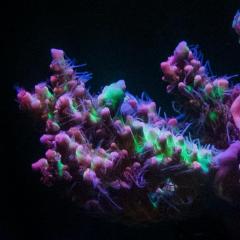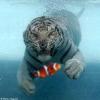-
Similar Content
-
Topics
-
Latest Update
-
2
-
-
1
Wts 3ft tank cheap
Serious buyer.. Name ur price and take.. Sent from my SM-S906E using Tapatalk -
2
Wts various size rbta 4cm to 15cm
Price revised for rbta 15cm rbta one for $45 Small to med size rbta 12 rbta for $40 Take all for 60 -
1
Repost clown triggerfish
Will throw some med size of rbta to go along with this deal if deal by this weekend price further revised to 65 ....
-








Recommended Posts
Join the conversation
You can post now and register later. If you have an account, sign in now to post with your account.